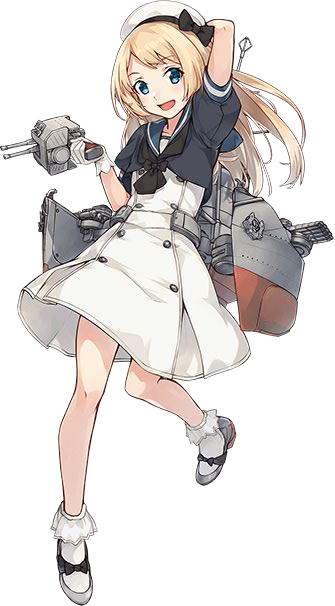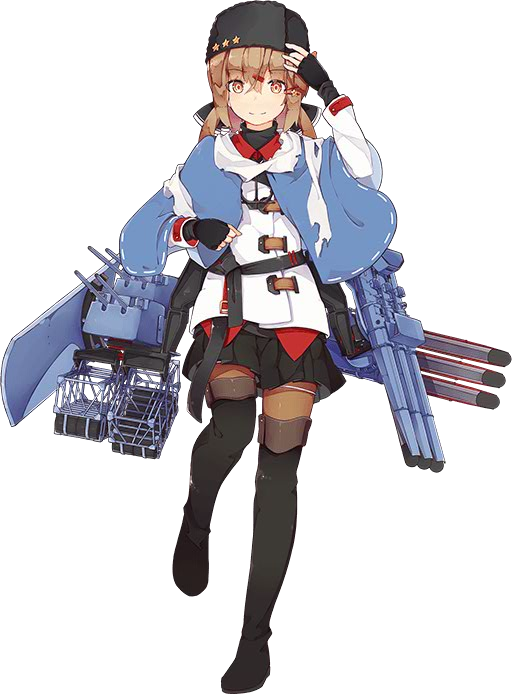
Shigure
Her name means drizzling rain.
Shigure was known as one of the lucky ships of the war, sometimes referred to as Shigure of Sasebo, similarly as Yukikaze of Kure.
During the Battle of Leyte Gulf, Battle of Surigao Strait, she pulled through hails of shell in front, while the rest of Nishimura Force was sunk. Then she fled and became the sole survivor. Bizarrely her captain did not inform Shima's secondary force that there was an American ambush in wait - effectively letting him be wiped out.


Suzutsuki
Her name means "Clear Moon".
Only days after her extensive repairs were completed, she was torpedoed again on 16 October 1944, this time by USS Besugo (SS-321), while escorting a Formosa-bound convoy off Toizaki. She lost a large portion of her newly fitted bow and returned to Kure for another round of repairs, which lasted until 11 November.
After being repaired with a new, simply designed bow, Suzutsuki later participated as one of the escorts in the ill-fated Operation Ten-Go. Suzutsuki was one of the few ships to survive the ordeal despite extensive damage, alongside Hatsushimo, Yukikaze and Fuyuzuki, and as such was one of the ships tasked to rescue survivors on the water. Notably, Suzutsuki managed to reach Sasebo despite her bow being damaged by an aerial torpedo attack, her navigaton charts burnt and her gyrocompass damaged by sailing in reverse the whole way and navigating by the sun and stars.

Jervis
Launched in September 1938, HMS Jervis was designed as the flotilla leader for the J-class destroyers, and saw action throughout all of WW2.
She is jointly (with Orion and Nubian) one of the most decorated ships for Battle Honours in the Royal Navy, second only to Warspite. She was seen as a lucky ship, as despite all the action she saw she never lost a crew member in the whole war to enemy action. Her sister Kelly, leader of the K-class, meanwhile was very much an unlucky ship.
She spent much of her career in the Mediterranean, escorting convoys and attacking land targets, as well as attacking several Italian convoys. She was present at the Battle of Cape Matapan where she assisted in the sinking of Zara, and finished off Pola after taking off her remaining crew. She also took part in the D-Day landings.

Tashkent
The lead ship of her class, Tashkent was the destroyer leader for a planned class of ten Project 48 destroyers. However due to the start of hostilities none of the other ships were completed, with only Tashkent herself being completed.
Unusually, Tashkent was painted a blue colour, thus she was nicknamed The Blue Cruiser.
With a top speed of 43.5 knots, Tashkent was one of the fastest destroyers of the war, beating out Shimakaze's 40.9 knots, but second only to the French Le Fantasque class' 45 knots.